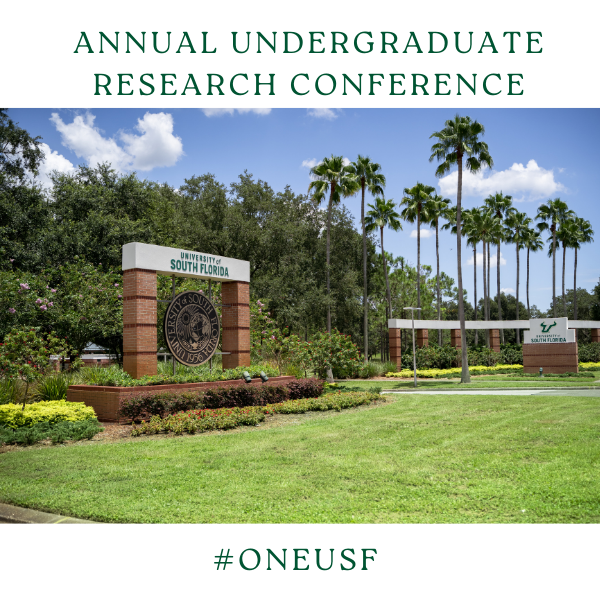Bioinformatic and Experimental Analysis of Putative Glycosyltransferases in Bacteriophages that Infect Mycobacteria
Mentor Information
Dr. Richard Pollenz
Description
Some bacteriophages that infect the genus Mycobacterium (Mycobacteriophages) have been found to use glycosyltransferases to glycosylate their capsid and/or tail tube proteins to evade the immune systems of bacterial hosts. Avani is an F2 cluster Siphoviridae phage that infects Mycobacterium smegmatis mc2155 with a 54470bp genome containing 107 genes. The N-terminal end of Avani’s genome contains two genes (Avani 106 and Avani 107) that encode putative glycosyltransferases and one gene (Avani 105) that encodes a putative glycosyltransferase/methylase. This project aims to determine the degree of conservation of these glycosyltransferase encoding genes between mycobacteriophages. Avani 105, 106, and 107 were inserted individually into inducible plasmids using the pExTra backbone through polymerase chain reaction (PCR) and isothermal assembly. These plasmids were then multiplied using E. coli transformation and inserted into M. smegmatis using electroporation. The resulting colonies were then used in phenotypic analysis through cytotoxicity and defense assays. Phamerator and ClustalOmega were also used to compare putative glycosyltransferase genes found in various mycobacteriophages. The phenotypic analysis of Avani gp105, gp106, and gp107 revealed that all three genes are toxic and none of them confer defense against superinfection. Bioinformatic analysis of these proteins shows conservation with certain other mycobacteriophages, which provides avenues for further phenotypic analysis of these phage genes. This research could have implications for the use of phage therapy and the understanding of phage- bacteria-host relationships. More research needs to be done to understand the mechanism behind this glycosylation and its impact on phage fitness.
Loading...
Bioinformatic and Experimental Analysis of Putative Glycosyltransferases in Bacteriophages that Infect Mycobacteria
Some bacteriophages that infect the genus Mycobacterium (Mycobacteriophages) have been found to use glycosyltransferases to glycosylate their capsid and/or tail tube proteins to evade the immune systems of bacterial hosts. Avani is an F2 cluster Siphoviridae phage that infects Mycobacterium smegmatis mc2155 with a 54470bp genome containing 107 genes. The N-terminal end of Avani’s genome contains two genes (Avani 106 and Avani 107) that encode putative glycosyltransferases and one gene (Avani 105) that encodes a putative glycosyltransferase/methylase. This project aims to determine the degree of conservation of these glycosyltransferase encoding genes between mycobacteriophages. Avani 105, 106, and 107 were inserted individually into inducible plasmids using the pExTra backbone through polymerase chain reaction (PCR) and isothermal assembly. These plasmids were then multiplied using E. coli transformation and inserted into M. smegmatis using electroporation. The resulting colonies were then used in phenotypic analysis through cytotoxicity and defense assays. Phamerator and ClustalOmega were also used to compare putative glycosyltransferase genes found in various mycobacteriophages. The phenotypic analysis of Avani gp105, gp106, and gp107 revealed that all three genes are toxic and none of them confer defense against superinfection. Bioinformatic analysis of these proteins shows conservation with certain other mycobacteriophages, which provides avenues for further phenotypic analysis of these phage genes. This research could have implications for the use of phage therapy and the understanding of phage- bacteria-host relationships. More research needs to be done to understand the mechanism behind this glycosylation and its impact on phage fitness.


